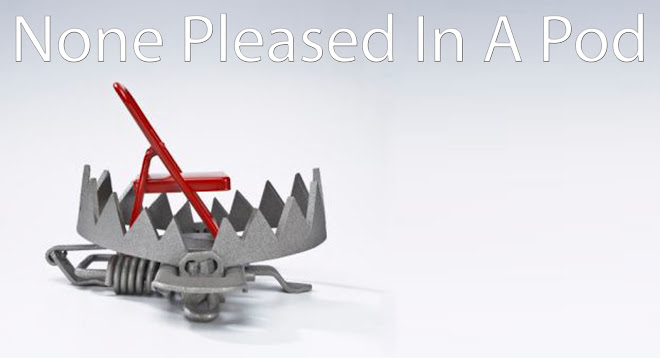Obviously I couldn't just make a human size venus flytrap because as I have said, they work with trigger hairs on the lobes that cause the cells in the midrib to pump out ions, changing the shape of the cells allowing the lobes under tension to snap shut. It is very unlikely that I could find a way to make a half mechanical half cellular chair trap! so I will have to make do with a convention pressure pad linked to a trapping mechanism
A perfect example of such a mechanism is the classic corkscrew. It works on the simple theory that if a central column is attached to free spinning cogs, when it moves down, the cogs will turn in on themselves, the same thing happens but in reverse when the column is raised up - the cogs move outwards, I have shown these movements in these sketches -


First the arms of the corkscrew are put in the downward position and the corkscrew is positioned on top of a wine bottle. The central column has a twist piece at the end designed to screw into the bottles cork through continuous twisting of the central column. As it moves into the cork, disc like rings at even spaces further up the column move down as well, free moving cogs that are mounted at a certain distance from the column so that their teeth fit perfectly inside each of the spaces between the rings turn in on themselves, raising the arms that are attached to them

As you can see my drawing here, that this moving mechanism is very simple and affective at turning downward movement into pivoting movement


nice sketches man, they are super clean.did your engineering mate get back to you about the cogs?
ReplyDeletethanks, he said I would definitely need small cogs to get most rotation from minimal movement of the column and there is a formula for working out the teeth on the cogs but its best just to do trial and error in the workshop
ReplyDelete